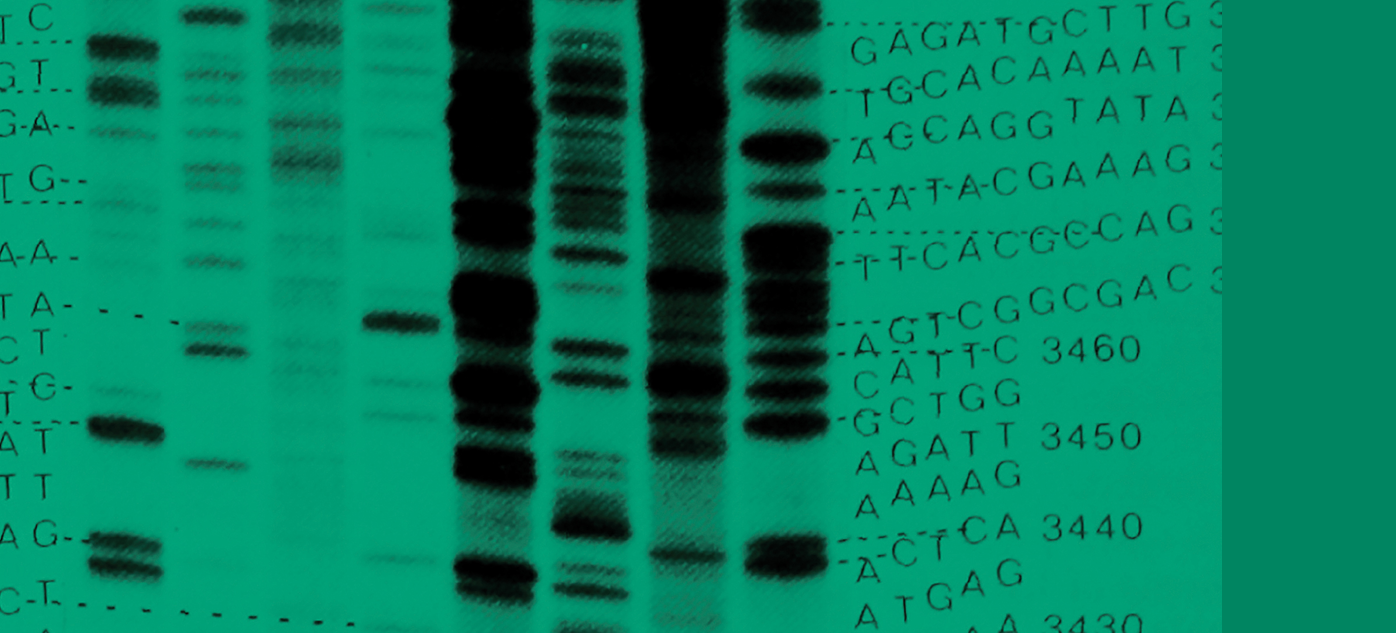Sexually Transmitted Infections: Genome Analysis from Clinical Samples
Posted on February 14, 2025 by Helena Seth-Smith
Helena Seth-Smith takes us behind the scenes of their latest publications 'Evaluating methods for genome sequencing of Chlamydia trachomatis and other sexually transmitted bacteria directly from clinical swabs' and 'Chlamydia trachomatis genomes from rectal samples: description of a new clade comprising ompA-genotype L4 from Argentina' published in Microbial Genomics.
How do you track something hidden? Sexually transmitted bacterial infections are often very hidden —both socially and biologically. By their nature they are not necessarily often discussed, and people can be reluctant to be tested. Some are also intracellular, further cloaking them and making them difficult to grow in the laboratory. So, to really track them is hard.
Despite the difficulties, it’s important to have information on sexually transmitted infections (STIs). STIs are on the increase globally and can cause some nasty diseases as well as contributing to infertility. As with COVID-19, certain strains or lineages can take it in turns to dominate in local or global communities. In addition to this, antimicrobial resistance is increasing in certain bacteria, due to antibiotic treatment. In particular so-called “Super Gonorrhoea” is becoming dangerously resistant, and Mycoplasma genitalium, which is not so often diagnosed, but quite often present in patients, is generating resistance as a bystander.
We wanted to find a non-invasive way of getting genome data from STI bacteria. Using discarded clinical samples, we “fished” for DNA from the top four bacterial STIs: Chlamydia (trachomatis), (Neisseria) Gonorrhoea(e), Syphilis (Treponema pallidum) and Mycoplasma genitalium. This method is known as sequence capture or target enrichment and can be fabulously successful. It uses RNA baits designed around the targets to hybridise to the microbial DNA of interest and pull it out of the complicated collection of DNA in clinical samples. And STI clinical samples are indeed complicated. From our work, over 99% of the DNA in these samples is human, but there are many other microbes present, particularly in the rectal swabs we were working with. So, our aim was to enrich bacterial DNA from an initial proportion, generally below 0.01%, to a level able to generate complete genomes. And in many cases, we were successful! Our approach was novel in that targets a panel of complete genomes, meaning that in one experiment we can investigate double infections and more.
Demonstrating our success, we have been able use the genome data to describe a new lineage of Chlamydia. This lineage falls with the invasive LGV, lymphogranuloma venereum, clade. The discovery of such a diverse new lineage surprised us greatly. Samples within this lineage have currently only been described from Buenos Aires, Argentina, but there is evidence that this is also circulating in Europe. Revealing this hidden diversity is crucial, as it highlights the potential spread and evolution of Chlamydia globally, particularly among certain men-who-have-sex-with-men (MSM) populations. Investigating this will be our next step and will help to inform on global transmission patterns.
This project has been fantastic. Over two years, the team, predominantly from the University of Zurich and University of Buenos Aires, obtained three grants to get the work funded, generated collaborations, completed PhDs, learnt new techniques, trained young scientists and generally enjoyed science and had fun! And now we have two papers published as evidence of our work and success. I hope that you enjoy reading them as much as we enjoyed making them.
Thumbnail: iStock/Alona Horkova

